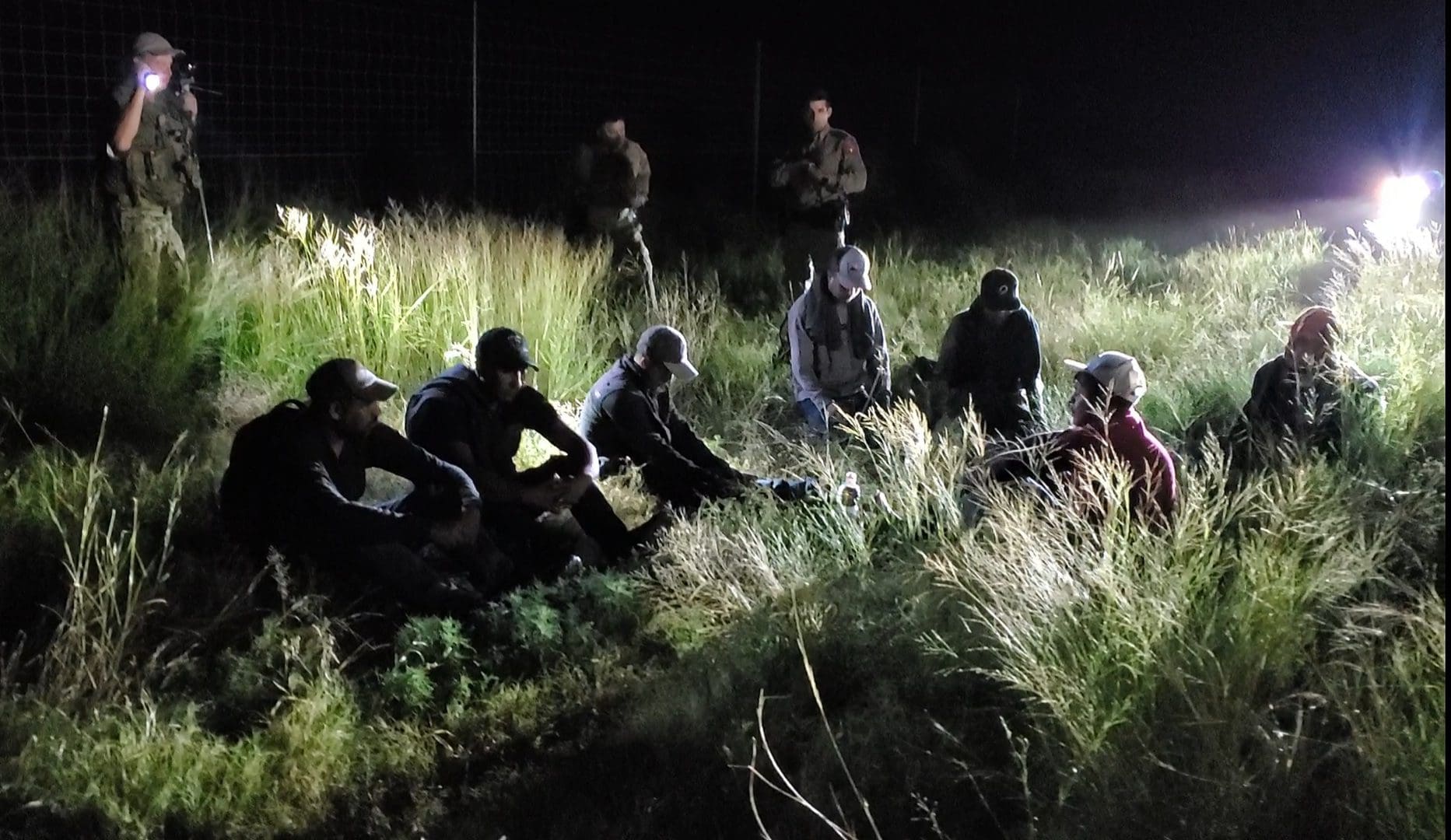In 2014, President Obama declared a “humanitarian crisis” at the border. But in just the first three months of 2019, apprehensions at the border are almost double the rate they were during the entire 2014 fiscal year.
Things are now so bad that even the New York Times can’t ignore it. The paper finally admitted last week that the border “may have reached a breaking point.”
New statistics from U.S. Customs and Border Patrol (CBP) paint a grim picture of a border that is almost completely overwhelmed. In February, we saw the highest number of apprehensions since 2007, with family apprehensions 560 percent higher than in February 2016. This month, family apprehensions are up by 40 percent just from last month. In just the first six months of the fiscal year, CBP has apprehended and turned away more than 422,000 people—more than they did in all of 2017.
In a press release, CBP Deputy Commissioner Robert E. Perez called the situation a “system-wide emergency.” Another top official simply said: “The system is on fire.”
While apprehensions have yet to top the record of 1.6 million, set in 2000, what’s happening now is putting a distinctly different pressure on the system. Most of the 1.6 million illegal immigrants arrested in 2000 were Mexican adults traveling alone. Currently, however, the bulk of those arrested at the border are family units and unaccompanied minors.
The distinction is crucial. American immigration laws treat single adults differently than they treat families and minors traveling alone. Single adults are detained or deported. Family units, however, are released into the United States with orders to appear before an immigration judge, a process that usually takes years.
In other words, mass apprehensions taking place at the border are simply turning into mass releases.
Exploiting Asylum Loopholes
There are other important differences in the demographics. Instead of single adults from Mexico, CBP’s latest statistics show that most of these families are from Central America, and they are claiming asylum when crossing the border.
Our asylum loopholes have become notoriously easy to exploit, particularly as liberal immigration judges continue to stretch the definition of “persecuted social group” to include “married women in Guatemala who are unable to leave their relationship” and “those likely to be recruited by gangs.”
But many, if not most, of these migrants aren’t coming to the United States because they’re fleeing some sort of persecution. They’re coming here to work. In recent testimony before the Senate Homeland Security and Governmental Affairs Committee, John Daniel Davidson testified about his interviews with many migrants making their way to the U.S. southern border. He noted several characteristics:
- A majority of the “family units” are men traveling with one or more children;
- Many of these men say they have a wife and other children back in their home country and that they intend to secure work in the United States and send money back to support them;
- They are headed for points across the U.S. and have family members or friends in those places. Many of them already had jobs lined up;
- Nearly all of them say they left their homes because it is dangerous, citing gang violence, threats, extortion, etc. They are all claiming asylum;
- At the same time, many of them will admit that they don’t plan to remain in the United States permanently and in fact have a set amount of time they plan to live and work here before returning home.
These are economic migrants, likely without valid asylum claims. Yet they’ve figured out how to game the system and gain entry, by claiming asylum.
And it works. Our detention laws don’t allow families to be detained together, and our asylum laws mean they can’t be sent back. So, instead, they are released into the country with a court date, years into the future. (Asylum courts currently have a backlog of 830,000 cases.)
Solutions Are In Trump’s Hands
Dysfunction and outright indifference to the border crisis have made Congress largely irrelevant in regards to solving the problem.
This may be part of what motivated President Trump to shake up the Department of Homeland Security. He knows the executive branch, for better for worse, will be at the tip of the spear in attempting to get a handle on the problem.
With many of the top spots open at DHS, the new leadership needs to focus, first and foremost, on two key aspects of enforcement.
First, they need to challenge the 1997 settlement agreement that is propelling the “catch-and-release” of families. The Flores agreement only allows children to be detained for 20 days. To avoid separating children from their parents, the entire family is released into the interior of the country. Outgoing DHS Secretary Kirstjen Nielsen called the policy one of the “primary pull factors for illegal immigration,” and she’s right. Catch-and-release is a massive incentive for migrants, and the flow of illegal immigrants will not abate until it is fixed.
Second, the Trump administration must address asylum loopholes. Federal law gives the administration ample discretion over how and whether asylum is applied. Different administrations have had different levels of discretion in adjudicating asylum claims. (President Obama’s lax standard resulted in asylum cases octupling from 2009 to 2016.)
The Trump administration, through both DHS and the Department of Justice, can require its agents to do as the law expressly requires and make a “credibility determination” about the alien’s claim. This also requires asylum adjudicators to take into account whether or not the alien passed through other countries while en route to the United States where asylum also could have been granted. This is the standard in international law, which requires that those seeking asylum in the European Union assert their claim in the first EU country they enter.
The United States has an agreement like this with Canada, but Mexico has refused to follow suit, despite passing a generous asylum law in 2011.
That said, nothing prevents U.S. agents from using migrants’ failure to claim asylum in other countries as part of their discretionary determination about the credibility of their asylum claim in the United States.
All of this would be easier if Congress simply fixed the law. But as it stands, neither the Democrat House nor the Republican Senate appears to have any intention of addressing what even the liberal lights now admit is a crisis at the border. Like it or not, the Trump administration is now the first and last line of defense in enforcing the law, securing the border, and ensuring the sovereignty of our southern border.
This is a commentary submitted and published with the author’s permission. If you wish to submit a commentary to Texas Scorecard, please submit your article to submission@texasscorecard.com.





